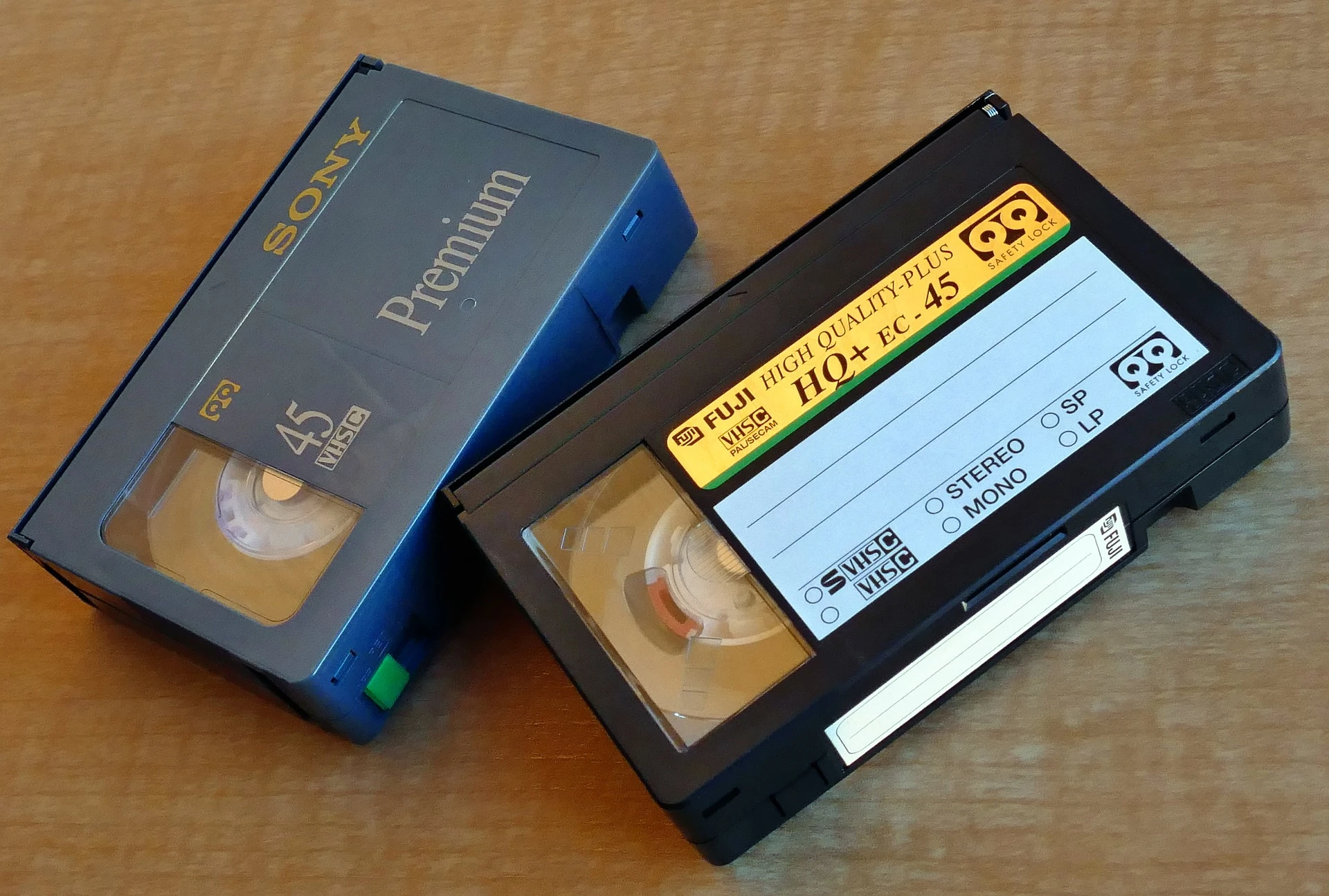From Camcorder Tapes to DVD: A Home Film-Making Journey
Discover the evolution of home film-making from camcorder tapes to DVD. Learn how to preserve your memories with camcorder tapes to DVD conversion.
3 minutes to read

This article explores the evolution of home film-making, from the early days of bulky camcorders and VHS tapes to the more modern digital age. We delve into the history of camcorder tapes and how they have been preserved and converted to DVD, enabling us to revisit cherished memories and preserve them for future generations. Join us as we travel down memory lane and discover the fascinating home filmmaking history.
History of the Camcorder Tapes to DVD
Home movies have been a staple in our lives for decades. We have always wanted to capture and preserve our special moments, from our children's first steps to our wedding day. In the past, this was done using bulky camcorders and tapes, which were stored in boxes and forgotten about. With the advent of digital technology, these tapes can now be converted to digital format, allowing us to relive these memories once again. In this article, we will take a look at the history of camcorder tapes and how they can be converted to digital format.
The Beginning of Camcorder Tapes
Camcorders were first introduced in the 1980s and quickly became popular among families for recording special events. However, the first camcorders were large and heavy, making them difficult to carry around. Additionally, the tapes used in these camcorders were VHS-C, smaller than traditional VHS tapes but still bulky and fragile.
As technology progressed, camcorders became smaller and more portable. In the 1990s, the MiniDV format was introduced, which used smaller tapes and allowed for higher-quality recordings. The MiniDV format quickly became the industry standard for home video, and many families switched from their VHS-C camcorders to MiniDV.
The Transition to Digital
In the early 2000s, digital camcorders were introduced, which eliminated the need for tapes altogether. Digital camcorders allowed for high-quality recordings without the hassle of tapes, making them a popular choice among consumers. However, many families still had boxes of old camcorder tapes that they wanted to preserve.
 An image of two VHS C tapes on a wooden table.
An image of two VHS C tapes on a wooden table.
Converting Camcorder Tapes to Digital
To convert camcorder tapes to digital, there are a few options available. The first option is to use a digital camcorder or a video capture device to transfer the footage from the tape to a computer. Once the footage is on the computer, it can be edited and burned to a DVD or saved as a digital file.
Another option is to send the tapes to a professional service that specializes in converting camcorder tapes to digital. These services use high-quality equipment to ensure that the footage is preserved and transferred accurately. They can also offer additional services, such as editing and DVD creation.
Preserving Your Memories
Converting camcorder tapes to digital format is essential for preserving your memories. Tapes degrade over time, and the footage can be lost forever if not transferred to a more stable form. Digital files can be easily backed up and stored on multiple devices, ensuring that your memories are safe for years to come.
Additionally, converting camcorder tapes to digital format allows for easier sharing with family and friends. Digital files can be shared through email or social media, making it easier to stay connected with loved ones who may not live nearby.
 Advertisement of a tape digitizing service with an image of two VHS tapes with Scrabble letters “ Movie” on them on a blue background.
Advertisement of a tape digitizing service with an image of two VHS tapes with Scrabble letters “ Movie” on them on a blue background.
In Conclusion
Camcorder tapes have played an essential role in our lives, allowing us to capture and preserve our most cherished memories. As technology has progressed, these tapes have been replaced with digital formats, allowing for higher-quality recordings and easier sharing. However, many families still have boxes of old camcorder tapes that need to be converted to digital format to ensure their memories are preserved for generations to come. With the options available for converting camcorder tapes to digital, there is no reason not to preserve your memories and share them with loved ones.
